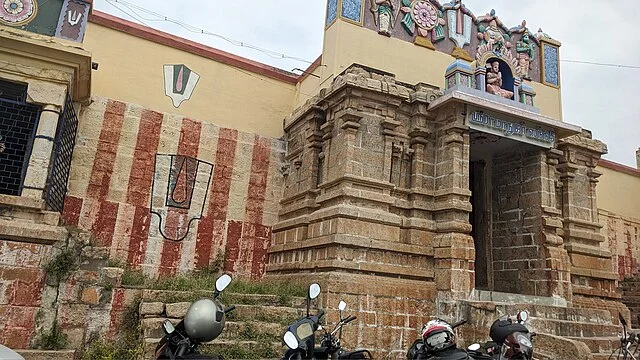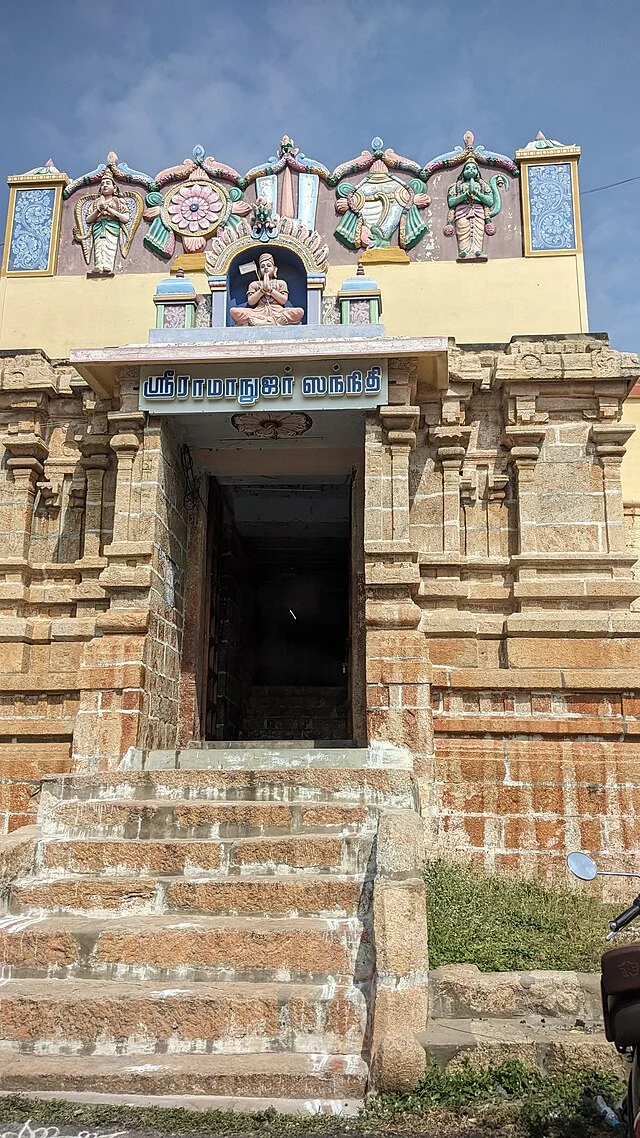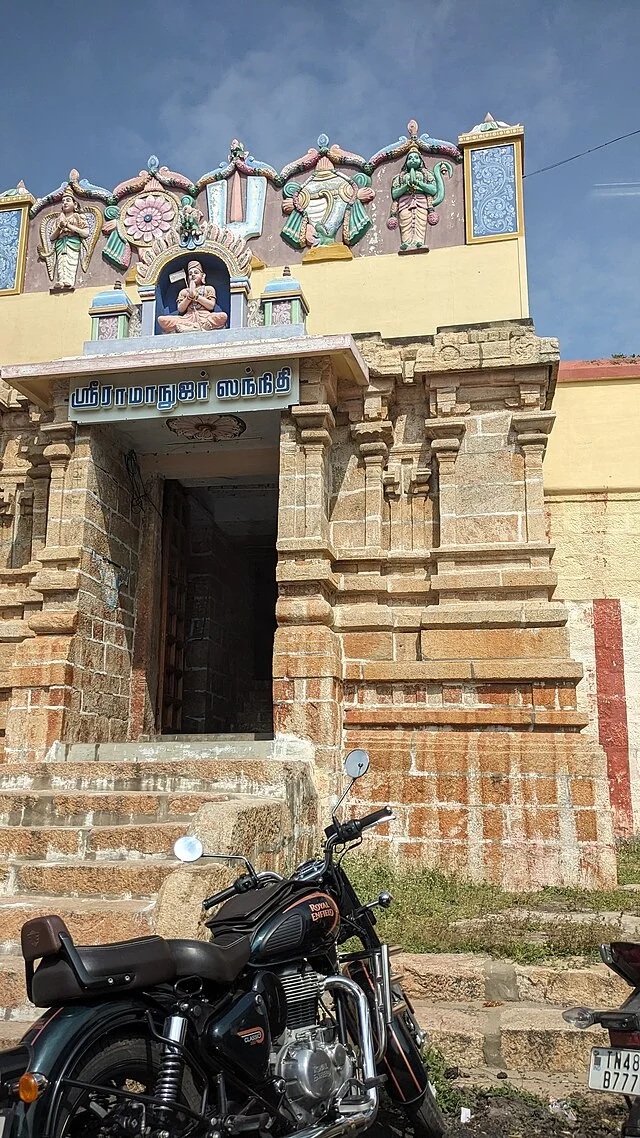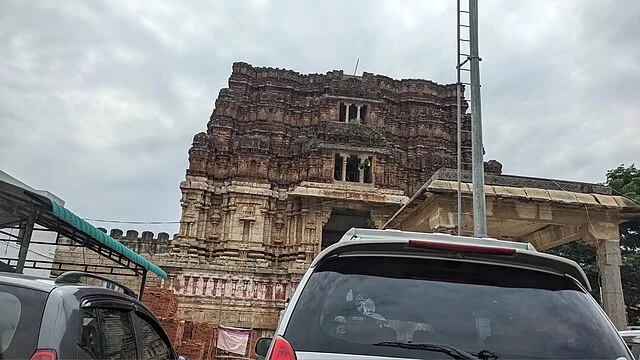The Pundarikakshan Perumal Temple, also known as the Thiruvellarai Temple, is one of the oldest Hindu temples in India, located in Thiruvellarai, near Trichy in Tamil Nadu. The temple is dedicated to Lord Vishnu, revered as Pundarikakshan, which translates to “Lotus-eyed” in Sanskrit. This temple is significant in the Sri Vaishnavism tradition and holds considerable architectural, historical, and cultural value.
Get your dose of History via Email
Historical Significance

The temple’s origins trace back to the early medieval period. Its construction began during the rule of the Pallava dynasty, around the 8th century AD, under King Nandivarman II. Later rulers, including the Chola and Vijayanagara dynasties, continued to contribute to its development. The temple reflects architectural and cultural shifts influenced by successive dynasties, offering insights into evolving South Indian temple traditions.
Architecture and Layout

Pundarikakshan Perumal Temple showcases early Dravidian architecture, with a complex layout consisting of multiple shrines, mandapas (pillared halls), and a prominent gopuram (entrance tower). The temple’s main deity, Pundarikakshan, is enshrined in the sanctum. A unique feature is the temple’s entrance, divided into two distinct paths, symbolizing the sun and moon deities, Surya and Chandra.
The temple complex includes numerous intricately carved pillars and sculptures depicting scenes from Hindu epics. Stone inscriptions on the temple walls provide valuable information about historical events, patronage by different dynasties, and details about land grants to support the temple’s upkeep.
Religious Importance and Mythology

Pundarikakshan Perumal Temple holds a special place in Sri Vaishnavism. The temple is one of the 108 Divya Desams, sites that hold immense significance for Vishnu devotees. According to legend, sage Markandeya performed penance here, seeking the Lord’s vision. The god Vishnu, impressed by the sage’s devotion, appeared as Pundarikakshan.
The temple’s design reflects mythological elements as well. The unusual dual entrances, symbolizing Surya and Chandra, signify spiritual paths leading to liberation. The main sanctum’s orientation aligns with celestial events, reinforcing its connection to Vaishnavite cosmology.
Inscriptions and Contributions by Dynasties

The temple walls contain inscriptions from various periods, primarily from the Chola and Vijayanagara dynasties. These inscriptions detail contributions made for the temple’s construction, maintenance, and land grants. The Pallava inscriptions are among the earliest, documenting donations made to support religious practices.
During the Chola dynasty’s reign, the temple received substantial funding, which enabled further structural expansion. The Vijayanagara kings also added new structures, including additional shrines and decorative features. The inscriptions offer vital historical records, preserving the region’s religious and political history.
Annual Festivals and Rituals

The Pundarikakshan Perumal Temple hosts several important festivals, with the most prominent being the Brahmotsavam, which takes place annually during the Tamil month of Panguni (March-April). Devotees gather to witness the grand procession, where the deity is adorned and taken around the temple complex. Other festivals, including Vaikunta Ekadasi and Krishna Jayanti, are also celebrated with traditional rituals, attracting visitors from around the region.
Conservation and Preservation Efforts
Over centuries, the Pundarikakshan Perumal Temple has faced natural weathering, and periodic restoration has been necessary to preserve its structural integrity. The Archaeological Survey of India (ASI) and local organizations have conducted conservation efforts, focusing on restoring inscriptions, maintaining the temple structure, and safeguarding the intricate sculptures. Conservation work aims to balance preserving the temple’s historical authenticity and maintaining its role as a functional place of worship.
Conclusion
Pundarikakshan Perumal Temple remains a vital religious and cultural landmark. Its architectural features, combined with its historical and mythological importance, make it an essential site for both devotees and historians. The temple offers an invaluable connection to early Dravidian architecture and the devotional practices of ancient Tamil dynasties.
Source:

